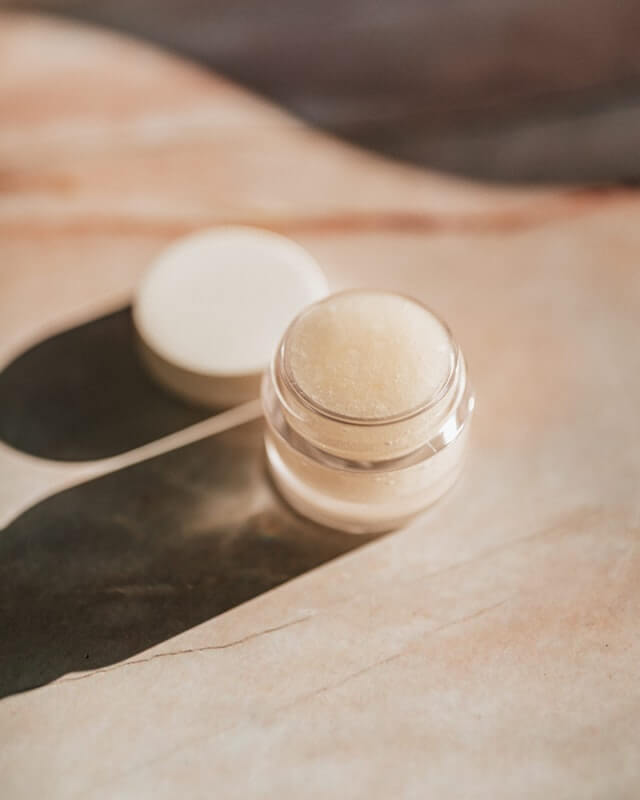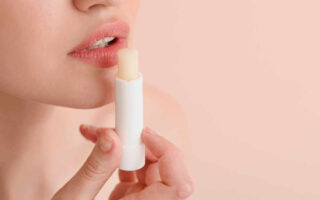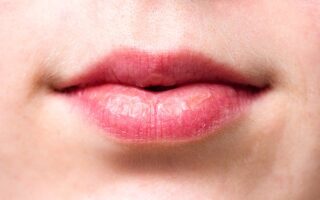There are a lot of debates out there on the internet. In this particular case, people seem to be debating whether is Vaseline better than Chapstick. There appears to be a lot of confusion about which one is better for you, and people have their own opinions.
Are you one of those people?
Do you want to know if Vaseline is better than Chapstick?
Both Vaseline and Chapstick are lip balms that help protect your lips from the sun and wind. They also keep them hydrated by trapping moisture in the skin. So, which one is better?
To find out which one is better, we need to compare the two. First, let’s look at some of the differences between Vaseline and Chapstick.

What is Vaseline?
Vaseline is a brand of petroleum jelly products made by the company Unilever. It is derived from mineral oils and is a mixture of hydrocarbons, including alkanes, cycloalkanes, and aromatics.
Today Vaseline is used for multiple uses, including moisturizer, makeup remover, lip care treatment, and more.
What does Vaseline Do?
Vaseline functions as a moisturizer by trapping water in the skin to help prevent dryness. It also helps protect existing moisture on the skin and prevents moisture loss. Many people use Vaseline before applying makeup because it makes an excellent primer for the smooth appearance of foundation. Some even prefer to use it instead of foundation.
Vaseline can also function as a makeup remover by either massaging it onto the skin or applied on a cotton ball/pad to wipe off excess dirt and oils after cleansing the skin.
Vaseline is commonly used for treating cracked lips because it locks in moisture and helps protect against further damage.
Ingredients of Vaseline
The ingredients in Vaseline are mineral oil, paraffin, and microcrystalline wax. Mineral oil is the primary ingredient in Vaseline and is a by-product of the distillation of gasoline from crude oil. When applied to the skin, it acts as an occlusive agent, traps water in your pores, and prevents moisture loss.
Paraffin is also a hydrocarbon derived from petroleum. The paraffin in Vaseline coats the skin and prevents water from escaping the skin by forming an outer layer on top of it.
Microcrystalline wax is the third ingredient used as a thickener in Vaseline, created by processing petroleum with ethylene oxide.
Benefits of Vaseline
There are many benefits to the use of Vaseline, including:
1) Helps prevent dryness in skin and lips which can crack or chap because it acts as a barrier between your skin and the environment.
2) An excellent primer for foundation because it makes your skin look smooth, which is why some people prefer to use Vaseline instead of foundation. By filling in fine lines and pores, Vaseline provides an even base for applying makeup.
3) Some even use Vaseline before bedtime as a facial moisturizer.
4) It can be used as an overnight spot treatment for cuticles and nails because it helps soften dry skin around the nail beds, allowing them to grow more quickly. Keep in mind that those with very oily or acne-prone skin may not be the best candidates for overnight Vaseline treatments.
5) Can aid hair growth by softening cuticles around hair follicles, protecting them from damage, and preventing split ends. Some have even credited Vaseline with being an effective treatment for getting rid of bald spots or receding hairlines.
Is Vaseline safe?
Vaseline is generally regarded as a safe product on the skin and does not typically cause significant side effects.
However, if you have very oily skin or are acne-prone, applying Vaseline to your face overnight can cause breakouts because it provides a layer of protection for sebum (oil) to collect under.
Additionally, some people are allergic to petroleum jelly and may experience irritation on the skin or around the mouth if they use Vaseline on their lips. Also, Vaseline should not be used on open wounds as it prevents them from healing properly.
It is also important to note that Vaseline can increase photosensitivity, so using it before going out into the sun can increase your chances of getting a sunburn.
Drawbacks of Vaseline
There are a few drawbacks to using Vaseline, including:
1) It can be messy and hard to apply – Vaseline can be a bit greasy and messy, especially if you’re trying to use it on your face.
2) It can clog pores and cause breakouts for those with oily or acne-prone skin – As mentioned above, because vaseline locks in moisture, it can trap sebum and lead to breakouts for those with oily skin.
3) It can be a choking hazard for children if ingested. Because petroleum jelly is derived from mineral oils, it can be a choking hazard if swallowed.
4) Can increase photosensitivity. As mentioned earlier, using Vaseline before going into the sun can increase your chances of getting sunburned.
What is Chapstick?
Chapstick is a lip balm used to moisturize and protect the lips. It comes in various flavors and colors and is often used to prevent or treat chapped lips.
How does Chapstick work?
Chapstick contains several ingredients that work together to protect and moisturize the lips. These include petrolatum, which forms a barrier on the lips that locks in moisture; camphor, which has cooling and soothing properties; and vitamin E, which helps keep the lips soft and healthy.
Chapstick Ingredients
Chapstick is made up of various ingredients, including petroleum jelly, beeswax, lanolin, and camphor.
Petroleum jelly is the most prominent ingredient and makes up at least 30% of the product. It helps prevent water from evaporating from the lips and provides a protective barrier on the skin. In some formulations, petroleum jelly can make up as much as 50% of Chapstick ingredients.
While many users apply Chapstick mainly to their lips, it’s important to note that some formulations also contain lanolin. Lanolin is derived from wool and can cause an allergic reaction if sensitive to wool.
Find out “Is ChapStick Edible?“
Benefits of Chapstick
Chapstick can be used to treat chapped lips but also offers other benefits such as:
1) It protects the skin from the elements. As Chapstick forms a barrier on your lips to lock in moisture, it can help protect them from wind, cold and other elements.
2) It can be an excellent alternative to petroleum jelly for those with allergies. While many people use petroleum jelly for its moisturizing properties, some individuals have sensitive skin or may be allergic to this ingredient. In these cases, Chapstick could be a better option as it contains similar ingredients without the risk of causing irritation.
Drawbacks of Chapstick
Like Vaseline, there are also some drawbacks to using Chapstick, including:
- Many people complain of rashes and blisters when using Chapstick.
- The ingredients in some brands, such as lanolin, mineral oil, and petrolatum, can be irritating, especially to those with sensitive skin.
- Some chapsticks contain flavor, which can irritate some who have allergies or sensitivities to flavors and smells, perfume, and dyes.
- Chapsticks tend to dry the lips and make them more prone to cracking and bleeding.
- If you lick your lips with Chapstick on them, as many people do as a nervous habit, you risk ingesting harmful chemicals that can be toxic in higher doses.
Comparison: Is Vaseline Better than Chapstick?
There are some critical differences between Vaseline and Chapstick. Chapstick contains more ingredients that can irritate the skin, while Vaseline is made with fewer ingredients. Additionally, Chapstick often dries out the lips and makes them more prone to cracking and bleeding, while Vaseline does not have this same effect. Lastly, Chapstick contains flavorings and chemicals that can be harmful if ingested in high doses, while Vaseline does not. Overall, Vaseline is a better choice than Chapstick for those looking for a lip balm that will not cause irritation or health problems.


